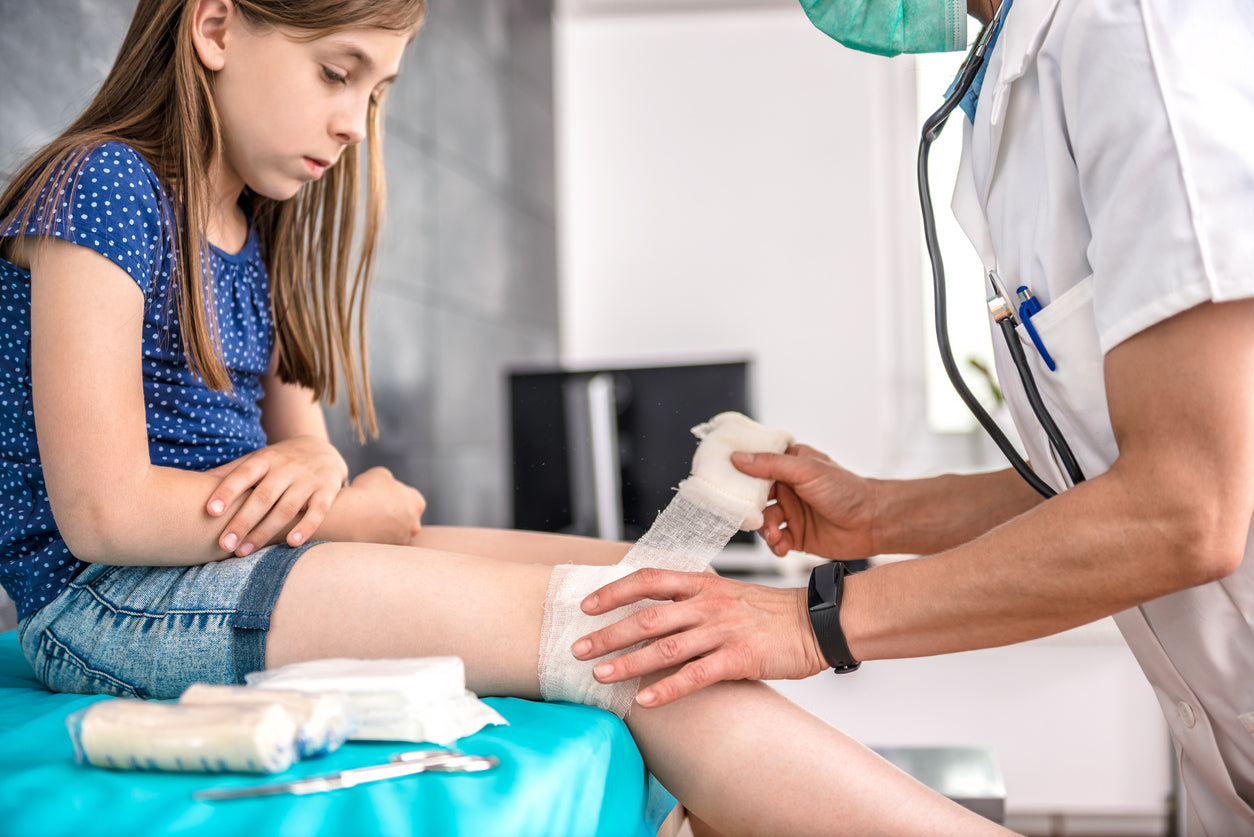In this article, we will explore the critical role that trauma kits play in emergency situations. Trauma kits are specialized medical packages designed to provide immediate care and stabilization for individuals facing life-threatening injuries. These kits can mean the difference between life and death in situations where time is of the essence. We will delve into the components of trauma kits, their importance, and how to use them effectively.
Imagine you're in a situation where someone has just sustained a severe injury, and every second counts. In these critical moments, having access to a well-equipped trauma kit can be the difference between life and death. Trauma kits are not just for medical professionals; anyone can learn to use one effectively and potentially save a life. In this article, we will delve into the world of trauma kits, understanding their contents, their significance, and how to use them in emergencies.
What Is a Trauma Kit?
A trauma kit is a specialized medical package designed to provide immediate care and stabilization for individuals with life-threatening injuries. These injuries often involve severe bleeding, chest wounds, and other critical conditions that require rapid intervention. Trauma kits are typically compact and easy to carry, making them an essential tool in various emergency situations.
The Importance of Trauma Kits
When it comes to traumatic injuries, time is the enemy. Uncontrolled bleeding can lead to shock and death within minutes. Trauma kits contain the necessary tools to address these life-threatening situations promptly. Having a trauma kit on hand can make a substantial difference, as professional medical help might not always be readily available.
Contents of a Trauma Kit
Hemostatic Agents
Inside a trauma kit, you'll often find hemostatic agents. These substances help control bleeding by promoting clotting. In situations where conventional bandages are insufficient, hemostatic agents can be a lifesaver.
Tourniquets
Tourniquets are critical tools for controlling severe bleeding from limbs. When applied correctly, they can prevent excessive blood loss, allowing time for medical help to arrive.
Chest Seals
Chest wounds, such as those caused by gunshot injuries, can be particularly dangerous. Trauma kits often include chest seals that can help seal these wounds, preventing the entry of air and ensuring the injured person can breathe.
Bandages and Dressings
Standard bandages and dressings are also part of the kit, suitable for less severe wounds and abrasions. These items help keep wounds clean and provide protection against infection.
Who Should Have a Trauma Kit?
Trauma kits are not limited to medical professionals. Anyone can benefit from having a trauma kit on hand, whether it's in your home, car, or during outdoor activities. Accidents can happen anywhere, and being prepared can save lives.
How to Use a Trauma Kit
Staying Calm Under Pressure
In emergencies, it's crucial to stay calm and focused. Panic can hinder your ability to use the kit effectively, so take a deep breath and assess the situation.
Assessing the Situation
Begin by assessing the injured person and identifying the most critical injuries. Prioritize treatment based on the severity of the wounds.
Basic Life Support
Before addressing specific injuries, ensure the person's airway is clear, and they are breathing. If not, perform basic life support techniques.
Applying Hemostatic Agents
For severe bleeding, apply hemostatic agents to the wound. These agents will help stop the bleeding and promote clotting.
Proper Tourniquet Application
When dealing with limb injuries, apply a tourniquet above the wound, ensuring it's tight enough to stop the bleeding. Make sure to note the time of application.
Chest Seal Placement
For chest wounds, carefully apply a chest seal over the injury site. This will prevent the entry of air into the chest cavity.
Training and Certification
While anyone can use a trauma kit, it's essential to receive proper training and certification in its use. Many organizations offer courses to teach you how to use these life-saving tools effectively.
Where to Keep a Trauma Kit
Trauma kits should be easily accessible in case of an emergency. Common locations include your home, car, or during outdoor activities like hiking or camping.
DIY vs. Pre-Made Trauma Kits
You can purchase pre-made trauma kits, but some individuals prefer assembling their own. We'll explore the pros and cons of both approaches to help you make an informed decision.
Real-Life Situations: Trauma Kit Success Stories
We'll share real-life stories of individuals who successfully used trauma kits in critical situations, highlighting the impact these kits can have.
Legal Considerations
Using a trauma kit to assist someone in need is an act of goodwill. However, there may be legal considerations to be aware of, especially if you're not a medical professional.
Maintenance and Expiry
Like any medical supplies, trauma kits have an expiration date. We'll discuss how to maintain your kit and ensure it's ready when you need it.
Conclusion
Trauma kits are invaluable tools that can save lives in critical situations. Whether you're at home, on the road, or exploring the great outdoors, having one on hand can make all the difference. With the right training and knowledge, you can be prepared to act when every second counts.
Frequently Asked Questions (FAQs)
1. Can anyone use a trauma kit, or do you need medical training?
You don't need to be a medical professional to use a trauma kit, but training and certification can enhance your effectiveness.
2. What's the difference between DIY trauma kits and pre-made ones?
DIY kits allow you to customize the contents, while pre-made kits are convenient and come with essential supplies.
3. How do I maintain a trauma kit?
Regularly check and replace expired items to ensure your kit is always ready for use.
4. Are there any legal concerns when using a trauma kit on someone else?
Good Samaritan laws generally protect individuals offering assistance in emergencies, but it's essential to be aware of local regulations.
5. Where should I keep my trauma kit?
Keep a trauma kit in easily accessible locations, such as your home, car, or during outdoor activities where accidents can happen.

